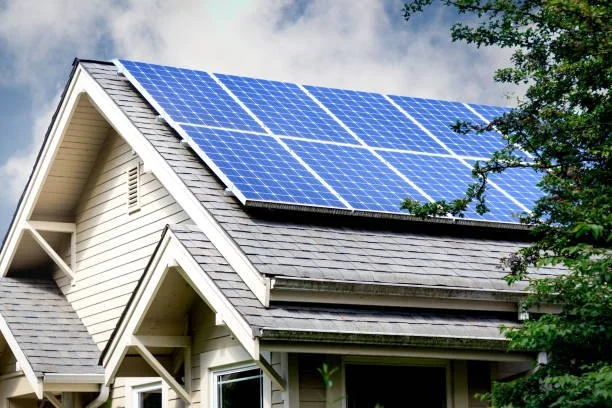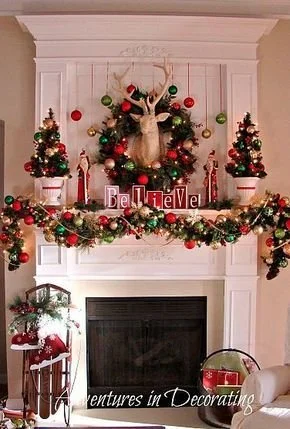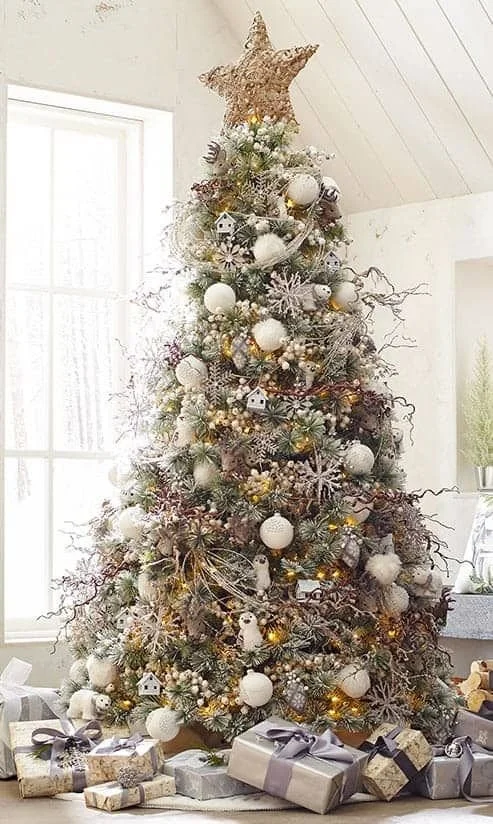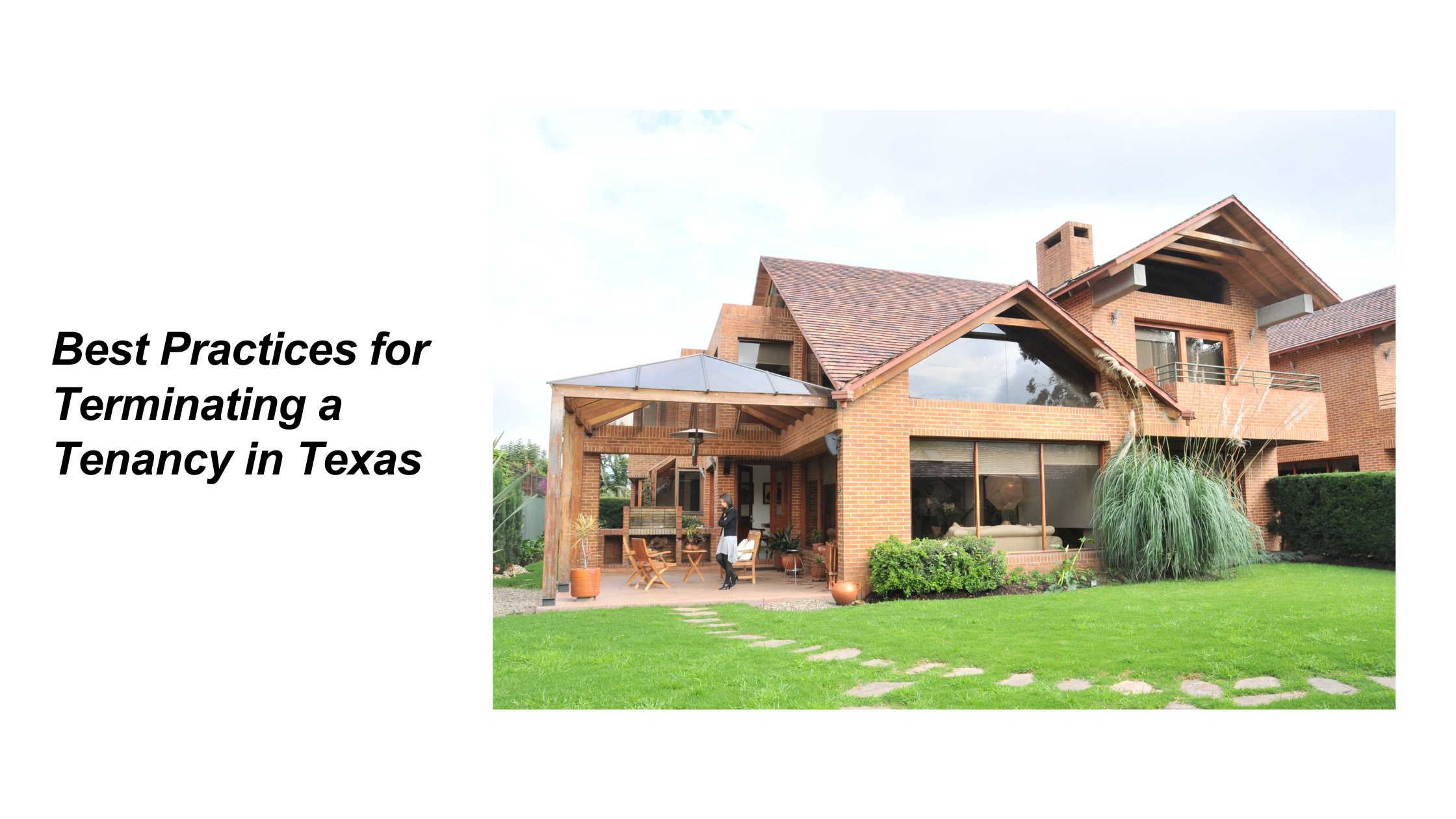Why You Should Switch Your House to Solar Energy
RH Business Marketing Solutions
The sun sustains all life on earth; this distant star is earth’s most compelling energy source. By default, it provides heat and light for the plants in our lawns, gardens and forests. If we take steps to harness its energy and convert that energy into usable power, we can also use the sun’s energy for heating water, providing light, creating a comfortable living environment and many other purposes inside our homes and commercial buildings.
Obviously, it isn't enough to just let the sun's ray's shine down on your home; if you want to power your home using the sun, you need solar technologies for capturing its radiated energy and transforming that into a form you can use. The two primary types of solar energy technologies are photovoltaics and concentrating solar-thermal power.
When implemented correctly, solar energy can be a viable power source for powering every function in contemporary homes.
Why Should You Switch Your House to Solar Energy?
The Advantages of Solar Energy
The Sun’s Energy Is the Cleanest Energy Currently Available
Air pollution is a massive problem adversely affecting almost the entire population to some degree and killing more than8 million people globally every year. Much of this air pollution is a direct result of poisonous greenhouse gases that are created when people burn fossil fuels such as oil and coal to create energy. In contrast, the sun is a natural, toxin-free part of the environment. It doesn’t pollute the ecosystem, kill people or create toxic hazards that are detrimental to people’s health. For the sake of your own health and the environment, it is worth switching to solar energy.
The Sun Shines Abundantly for Free
The sun radiates energy at no cost to anyone. Although there are costs involved with harnessing the sun’s energy and making it usable, once you’re set up to take advantage of its plentiful energy, it is an affordable way to power your home. The possible long-term cost savings for this form of power are considerable.
A single-family homeowner in the UK could expect to save approximately £608 per year on energy bills simply by switching from standard electric power to solar power. In the USA, families can usually save more than $100 every month on their energy bills after making the switch to using solar energy. The cost savings tend to be even greater in sunny, expensive locations like Hawaii where standard electricity costs are relatively high. A typical family living in the mainland United States can save $30,000 over the course of 20 years; a Hawaiian family is likely to enjoy a cost savings of roughly twice that figure, benefiting from a mind-boggling $60,000 in savings in a 20-year timespan.
Boost Your Property Value
According to the experts at the US Department of Energy, the addition of solar technologies is likely to elevate your home's value by approximately $15,000. The specifics of the value increase will vary depending on your home's unique situation, but it is typical for solar homes to sell at higher prices compared to homes that do not include solar technologies.
Solar Energy Is Universally Available to the World’s Citizens
The sun’s rays reach every corner of the globe, making this a viable power source for every location. It’s especially viable to harness solar energy in the world’s sunniest locations, but even areas that experience greater-than-average cloud cover can take advantage of this energy source to enjoy its benefits. According to staff at the US Department of Energy, it is possible to save money on power bills by implementing solar technologies in most locations within the United States, even in not-so-sunny locations Alaska and the Pacific Northwest.
Solar Energy Frees You From Everyday Reliance on the Power Grid
The standard electrical power grid is fragile, as Texans found out in February of 2021 when their grid went down during an unusually severe blizzard, leaving millions of citizens without power in a widespread blackout that lasted for days. Solar energy provides energy independence that protects you against these disasters. Solar homes are far less vulnerable to rolling blackouts and power outages because the sun and your solar technologies will still be functional even if the power grid is down for everyone else.
These advantages provide a collection of compelling reasons that it is worth switching your home’s energy source from standard electricity to solar energy. Aside from the substantial cost savings, you’ll also enjoy cleaner and more sustainable power as a result of making the switch.
Written by Taylor McKnight, Author for Aneva Solar



























